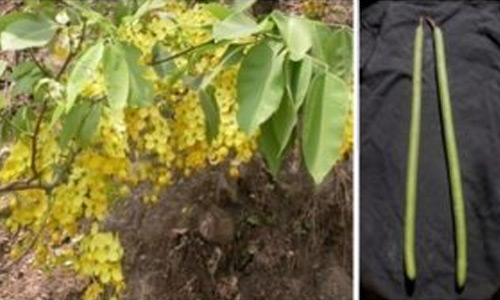We value your privacy
We use cookies to enhance your browsing experience, serve personalized ads or content, and analyze our traffic. By clicking "Accept All", you consent to our use of cookies.
We use cookies to help you navigate efficiently and perform certain functions. You will find detailed information about all cookies under each consent category below.
The cookies that are categorized as "Necessary" are stored on your browser as they are essential for enabling the basic functionalities of the site. ...
Necessary cookies are required to enable the basic features of this site, such as providing secure log-in or adjusting your consent preferences. These cookies do not store any personally identifiable data.
No cookies to display.
Functional cookies help perform certain functionalities like sharing the content of the website on social media platforms, collecting feedback, and other third-party features.
No cookies to display.
Analytical cookies are used to understand how visitors interact with the website. These cookies help provide information on metrics such as the number of visitors, bounce rate, traffic source, etc.
No cookies to display.
Performance cookies are used to understand and analyze the key performance indexes of the website which helps in delivering a better user experience for the visitors.
No cookies to display.
Advertisement cookies are used to provide visitors with customized advertisements based on the pages you visited previously and to analyze the effectiveness of the ad campaigns.
No cookies to display.
|
Division
|
Angiosperms |
|
Class
|
Dicotledons |
|
Subclass |
Polypetalae |
|
Series |
Calyciflorae |
|
Order |
Rosales |
|
Family
|
Caesalpiniaceae |
|
Genus
|
Cassia |
|
Species
|
fistula |

|
Etymology: |
Kassia, the Greek name used by Dioscorides. |
|
Botanical name:
|
Cassia fistula Linn. |
|
Local/Trade Names: |
Indian Laburnum, Amaltas |
|
Conservation status: |
Commonly found wild. |
|
Digonestic features:
|
Leaflets 4-8 pairs; flowers yellow. |
|
Description: |
A moderate-sized tree. Bark greenish-grey, smooth upto middle age. Leaves paripinnate, 23-50 cm long; leaflets 4-8 pairs, opposite, ovate-oblong, 5-13 x 4-9 cm, tip acute, base cuneate. Flowers yellow, large in lax pendant racemes. Pods cylindric, 30-50 x 3-4 cm. Seeds 40-100, compressed, 1 cm across. |
|
Phenology: |
Fls.: April – June. Frts.: Cold season. |
|
Distribution: |
Common throughout the deciduous forests of India,ascending to 1500 m in the Himalaya. Sri Lanka. |
|
Where to see it: |
Medicinal Plant Garden, Ornamental Flowering Section and Ficus Grove. |
|
Uses: |
Bark, known as Sumari, used in admixture with avaram bark for tanning. Dried fruits used as a purgative; laxative for habitual constipation. Root-bark extract found satisfactory as substitute for Cassia Beareana Liguidum in the treatment of black water fever. Wood used for house posts, ploughs, tool-handles, and wheels. |
Chief Conservator of Forests & Chief Wildlife Warden is the Head of the Department. There is one post of Conservator of Forests & two posts of Deputy Conservator of Forests viz.